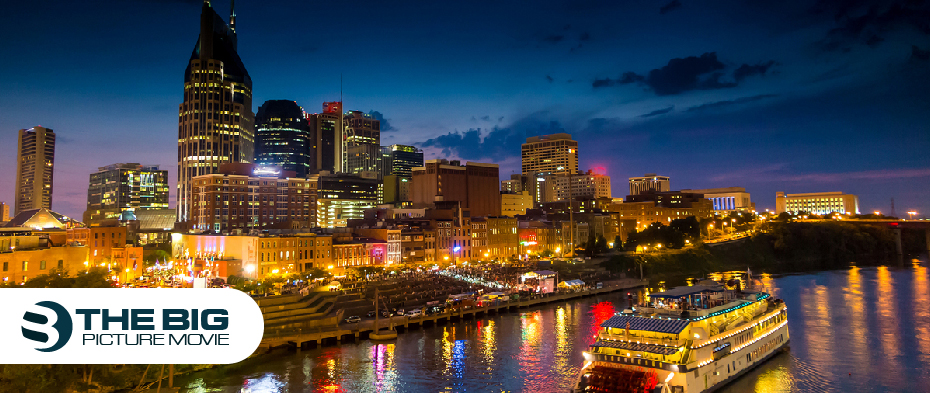
What Time Does It Get Dark once Sunset? Uncover it!
If you feel curious about what time it gets dark when sunset in your region, then it’s tricky to determine it.
A magic hour for perfect photography, clear sky, and darkness is critical because photographers and astronomers alike need to see dusk time. According to scientific research, the approximate time of darkness is 70 to 100 minutes after sunset for Northern and Southern areas. However, dusk depends on the distance to the equator and seasons.
In this article, you will learn the details of getting dark after sunset. Moreover, in the next section, you will understand why it gets darker in winter.
Check out this: How to Prevent a Cold When You Feel It Coming (Tips).
The Rationale for What Time Does It Get Dark Once Nightfall
While watching a sunset, you might notice that it does not get completely dark at once. Yet again, this is due to the spherical shape of our planet. Still, the Sunsets on the horizon, above the Earth’s surface, continue to shine on the atmosphere. It happens because light starts to interact with several gas molecules that cause it to spread out. This part of the night sky is known as twilight. There are three stages of dusk described below: experts estimate that it takes around 70 to 100 minutes to get dark and applicable for the below three stages, 70 minutes for Southern areas, and 100 minutes for Northern areas to get actually dark after sunset.
1. Civil Twilight
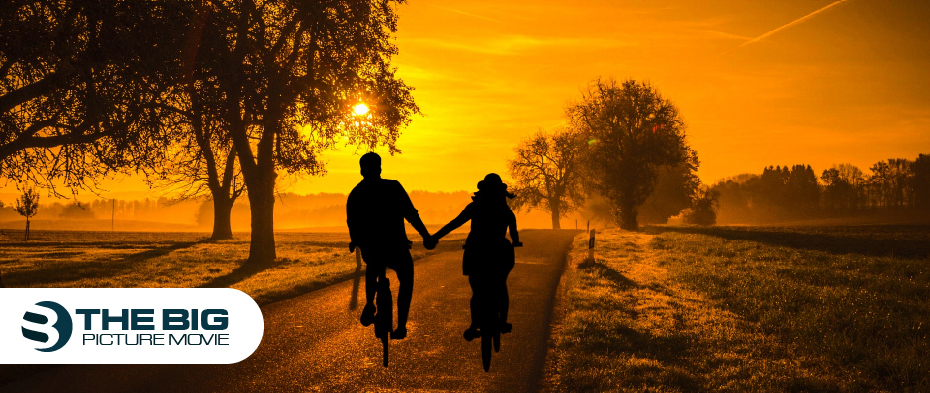
It is the time when you can see enough light. It starts at sunset and lasts until the Sun’s center is at 60 under the horizon. You don’t need false lights throughout this phase that begins at sundown and lasts until the Sun’s center is not present. It’s a golden hour when astronomers can spot Mercury and Venus.
Furthermore, when photographers capture amazing shots without artificial light, any artificial light is that Time. It is also known as the magic hour or golden hour. For this time, the deflection of light makes the white light change to red; the clouds obtain in a unique repetitive manner that is yellow, orange, red, pink, purple, and blue colors.
2. Nautical Twilight
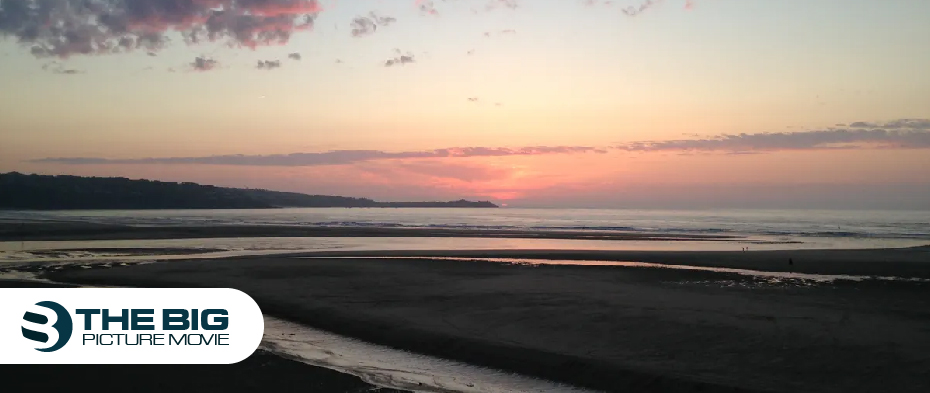
Nautical refers to sailors who lead themselves through well-known stars and the visible horizon. You may easily glimpse the stars and constellations in the sky. Nautical twilight is the Time when the items appear as silhouettes. The phase begins while the Sun’s geometric center is between 60 and 120 below the horizon. The majority of the stars are noticeable to the naked eye during that time. Photographs of this Time may be dark or blurry.
Earth and the Sun’s position allow the Sun’s rays to reflect off the Moon onto the Sun during this twilight phase. This phenomenon is called Earthshine. To observe the dark side of the Moon, it is the perfect time when you cannot usually see because of the left shadow of the Sun. Additionally, nautical twilight is the ideal time to watch the start of aurora borealis. However, Aurora’s light can be very faint at this point. Observing and deciding the best spot for the camera or telescope will be worthwhile.
3. Astronomical Twilight
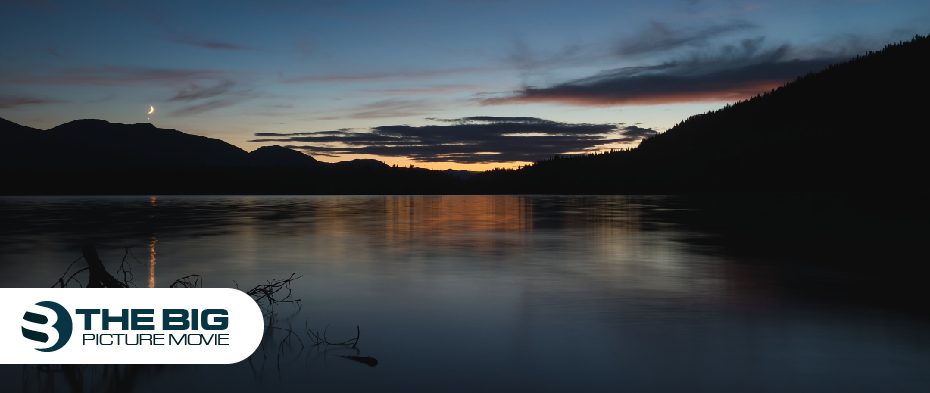
It is the Time that we call night. It is a great time to view space objects as it gets truly dark. The astronomical twilight begins when the Sun’s center reaches 120 and 180 below the horizon. After this time, the actual night begins; even the two phases are similar for a few newbies.
It is ideal for astronomers to view the sky and an excellent time for astrophotography. However, average photographers cannot take incredible shots unless the target is in an illuminated city. Objects can hardly be notable, and colors are also not visible.
The Aurora begins to show attractive shiny hues of green; even though the ideal moment to enjoy it is during the dark phase, you may take some lovely photos now. The Aurora Borealis will have a bluish tint where the green turns into emerald and the red to purple. Even you can observe the Milky Way with the naked eye during this phase and easily see dim stars.
Discern What Time Does It Get Dark Accurately?
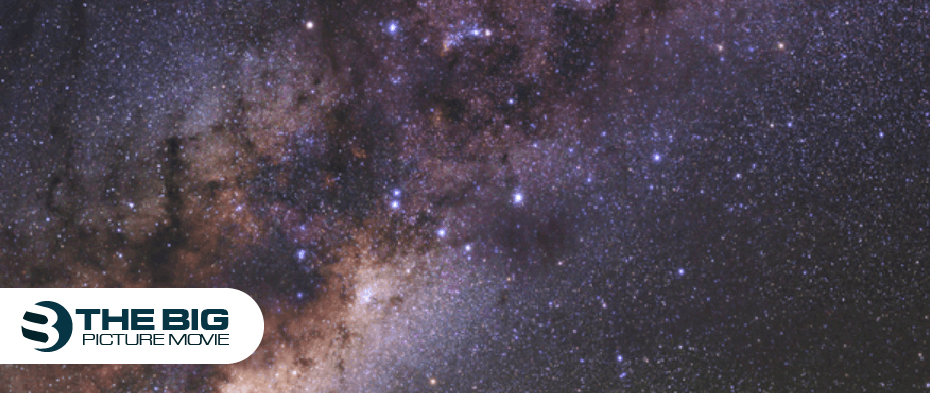
The best sky-watching experience is at night, and the astronomer must wait unless he cannot view the Sun’s vanishing light at the horizon. When all the twilight phases pass away, the actual night begins. There is little difference between astronomical twilight and night except for the slight differences in the setting sun’s horizon in sky brightness. Mainly, it is the time when there is no light influence from the Sun apart from the reflection of the moonlight.
To observe the sky and seems to wonder at night time, then it is the perfect moment. It is an ideal chance for passionate Astro-photographers to capture astonishing images of the Milky Way, Aurora Borealis, and other sky phenomena.
An important point to notice is that the nighttime gets affected by several important factors like location related to the equator and the seasons. The reverse of phases means that we are ahead toward the sunrise. It means night to astronomical dusk, then nautical, and in the end, civilian twilight, which comes to an end with Sun rising.
How to Determine the Time to Get Dark After Sunset
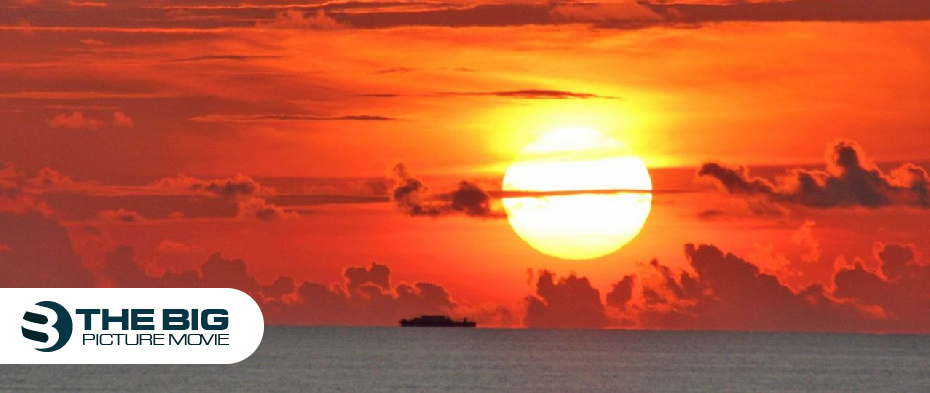
Two factors determine the Time after sunset to get darkness:
1. Latitude
When the Sun appears to rise and set in a straight line at the equator, it rises in the east, and at midday, it goes straight overhead, which we say Zenith, and sets straight down in the east. The sunsets at a right angle to the horizon and sink past 60, 120, and 180 below the horizon. That is much faster than near the poles. Nearer to the poles, the Sun takes a gentler angle through the sky. The closer you live to the equator, the more rapidly it gets dark after sunset. So, it takes a long time to get darkness because of the flatter angle.
2. Seasons
Compared to winter, summer takes more Time to get dark fully as you get further away from the equator. It takes slightly longer to get dark, though, with a slight difference whatever your location. The most significant impact for summer darkness is that you live far enough from the North. When there is no light, there are few periods.
Let’s take the example of Alaska; In June, the Sun is mostly never below the horizon of 60. It means that Alaska never gets civil twilight, so you must keep an extra light source all night. Perhaps you know that the North Pole has 24-hour daylight in summer, but come to the 48 contiguous states, the summer is not impacting the same on all of them. Except for the extreme North Country, like 15 miles from the Canadian border, you will see the actual night every single day of the year.
How Long Does It Take After Sunset for It to Get Dark?
It is approximately 70 and 140 minutes take to the Sun to go past 18 degrees below the horizon and enter into the night phase. However, the timeframe could be around 23 minutes closer to the equator.
We can look at some figures during the March equinox while the daytime is the same for everyone. You can observe that at the equator, it gets darker faster than up north.
- Quito, Ecuador (true night) – 19:33 (+68 minutes)
- Kansa, USA (true night) – 21:02 (+90 minutes)
- Anchorage, Alaska, USA (true night) – 22:53 (+155 minutes)
Furthermore, it is difficult to prove the right twilight times for a particular region, but many amazing websites and apps have been created to help. Therefore, when you are out stargazing, you may check any of the reliable sources that provide you with the exact timing for the right moment to start watching the sky.
Why Is It Darker In The Winter?
You may remember your science class; our planet is a part of the solar system. From this star, we receive much-required heat and light. Though Earth is on a tilted axis, a portion will be inclined towards the Sun, whereas some part is tilted far away from it.
Because of less solar radiation, it is colder after a few contact hours. Thus, the Earth gets different amounts of sunlight in different seasons. As a result, Northern Hemisphere receives more sunlight and longer days in summer and vice versa in the winter.
Similarly, this theory works for Southern Hemisphere but at opposite times. Therefore, those living near the equator (the middle line that wraps around the globe) experience generally equal days and nights.
Final Thoughts
Night depends on your location from the equator. The farther away from the North, the entire night and the Time you may observe after sunset. Hopefully, the above knowledge is pretty informative and quite interesting. Let us know when the twilight times of your location in your state in the comment box.
Editor’s Recommendation:
- How to deal with Trauma Triggers
- What does it mean to be Legally Blind? (A Complete Guide)
- How to Eat More Vegetables On a Friendly Fudget



![Craigslist SanDiego Real Estate [5 Tips to Use in 2023]](https://www.thebigpicturemovie.com/wp-content/uploads/2023/02/Craigslist-SanDiego.jpg)